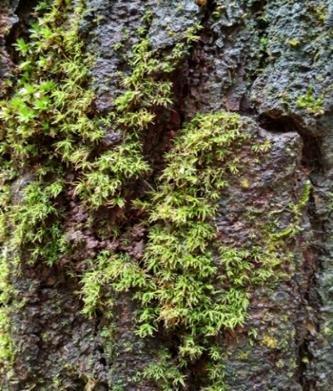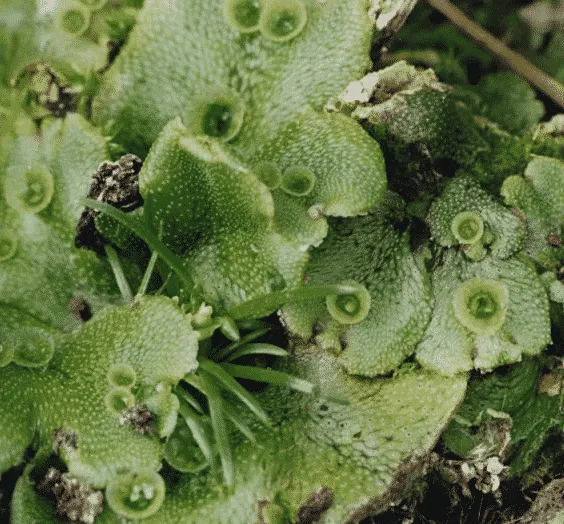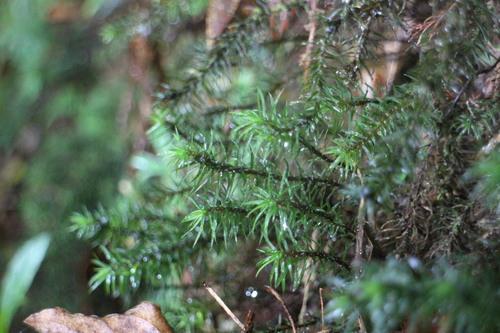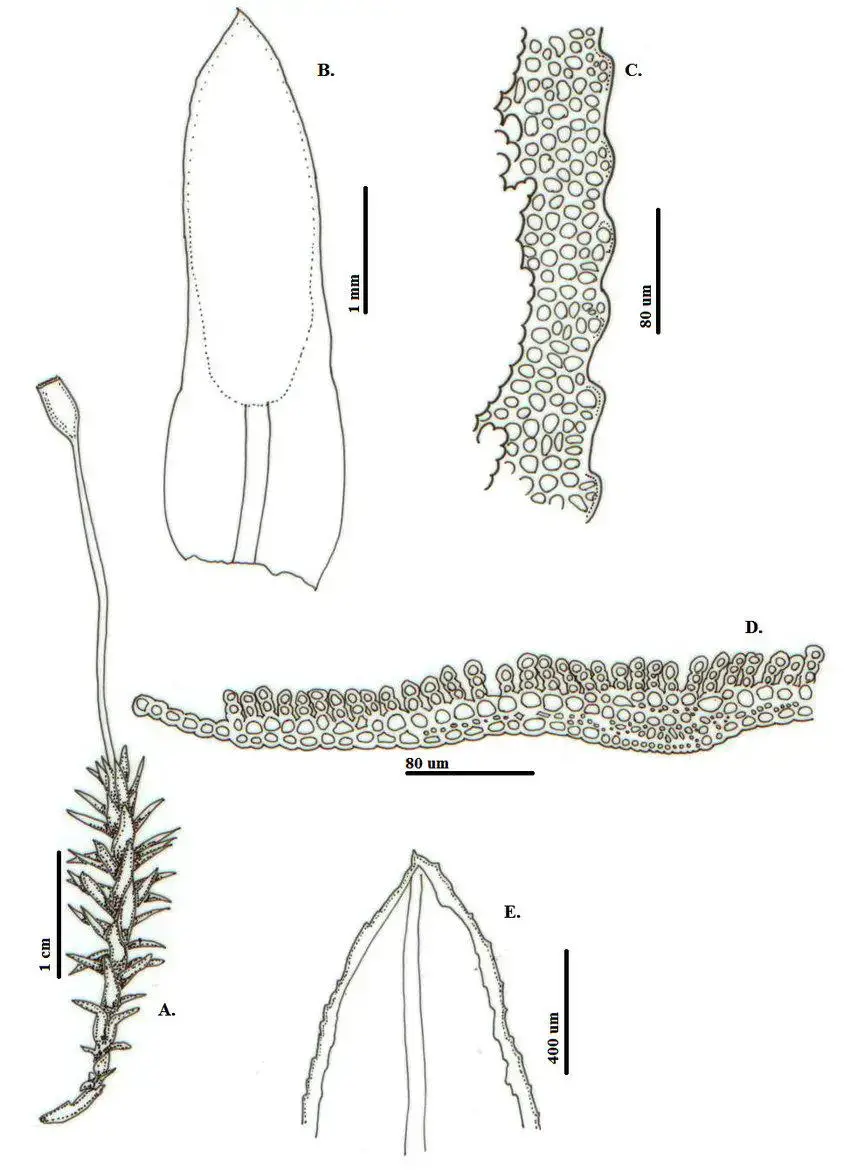
Colonies-of-Pogonatum-cirratum-a-in-their-phorophytes-Pinus-merkusii-b-Thallus-of.jpg from: https://www.researchgate.net/figure/Colonies-of-Pogonatum-cirratum-a-in-their-phorophytes-Pinus-merkusii-b-Thallus-of_fig3_338341865
Exploring the Fascinating World of Pogonatum cirratum (Sw.) Brid. Moss
Introduction
Mosses are often overlooked, but they play a vital role in many ecosystems around the world. One particularly interesting species is Pogonatum cirratum (Sw.) Brid., a moss in the Polytrichaceae family. In this blog post, we’ll dive into the details of this fascinating plant, from its morphology to its ecological roles.
Background
Pogonatum cirratum is a species of moss in the Polytrichaceae family, which contains some of the largest and most complex mosses. The genus Pogonatum includes over 100 species found worldwide. Mosses are non-vascular plants in the division Bryophyta and class Polytrichopsida.
Morphology and Identification

Marchantia-polimorpha.png from: https://infohonorercity.blogspot.com/2021/11/ciri-ciri-tumbuhan-lumut-pogonatum.html
P. cirratum forms dense tufts or cushions. The stems are erect, usually unbranched, and can grow up to 5 cm tall. The leaves are lanceolate, 5-8 mm long, with toothed margins. A key identifying feature is the wavy, cirrate (curled) leaf tips when dry. Capsules are cylindrical and borne on long setae.
Global Distribution and Habitat
67c5dba34099a19eeef52a30910f4691 from: https://shopee.co.id/Pogonatum-cirratum-(-on-wabikusa-)-i.80645139.4168897233
This species has a wide distribution, found in North America, Central America, South America, the Caribbean, Europe, Asia, Africa, and the Pacific.

medium.jpeg from: https://www.naturalista.mx/taxa/273640-Pogonatum-cirratum
It grows on soil, rocks, logs, and tree bases in forests and wooded areas from lowlands to mountains.
Ecological Roles and Adaptations
Like other mosses, P. cirratum plays important roles in its ecosystem:
- Helps retain moisture and prevent erosion
- Provides habitat for micro-organisms and small invertebrates
- Pioneers disturbed sites and aids in succession
Its cirrate leaves help reduce moisture loss in dry conditions. The upright growth allows it to capture more light in shaded understory habitats.

Pogonatum-tortile-Sw-Brid-A-Habito-B-E-Hoja-B-Vista-general-C-Detalle-del.png from: https://www.researchgate.net/figure/Pogonatum-tortile-Sw-Brid-A-Habito-B-E-Hoja-B-Vista-general-C-Detalle-del_fig9_318217800
| Characteristic | Description |
|---|---|
| Size | Up to 5 cm tall |
| Leaves | Lanceolate, 5-8 mm, toothed margins, cirrate tips |
| Capsule | Cylindrical, on long seta |
| Habitat | Soil, rocks, logs, tree bases in forests |
| Distribution | Widespread – Americas, Europe, Asia, Africa, Pacific |
Conclusion
Pogonatum cirratum is a prime example of how even tiny, inconspicuous organisms like mosses lead fascinating lives and play essential ecological roles. Next time you’re in the woods, take a closer look – you might just spot this curly-leaved moss going about its business! What other overlooked wonders of nature have you discovered?